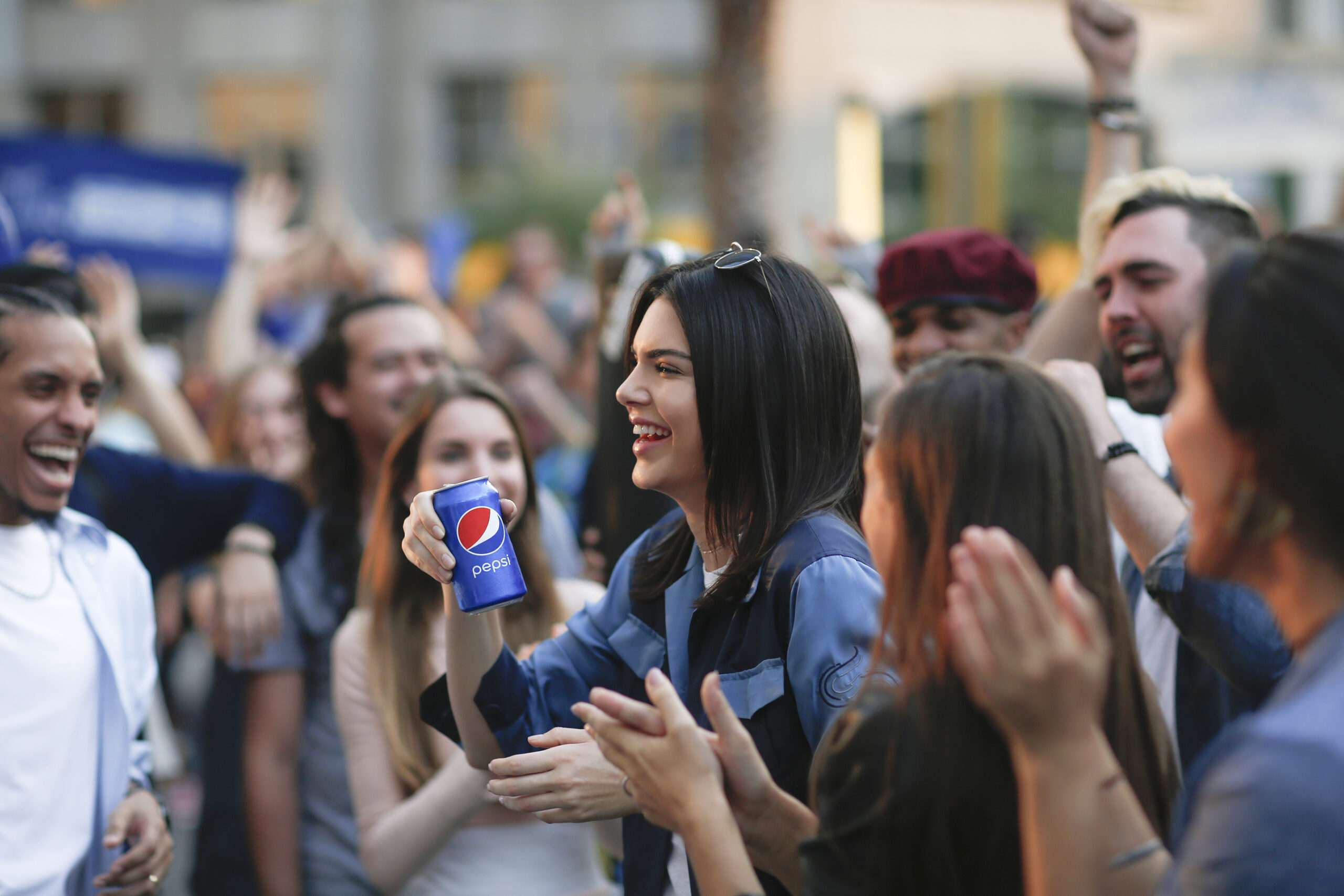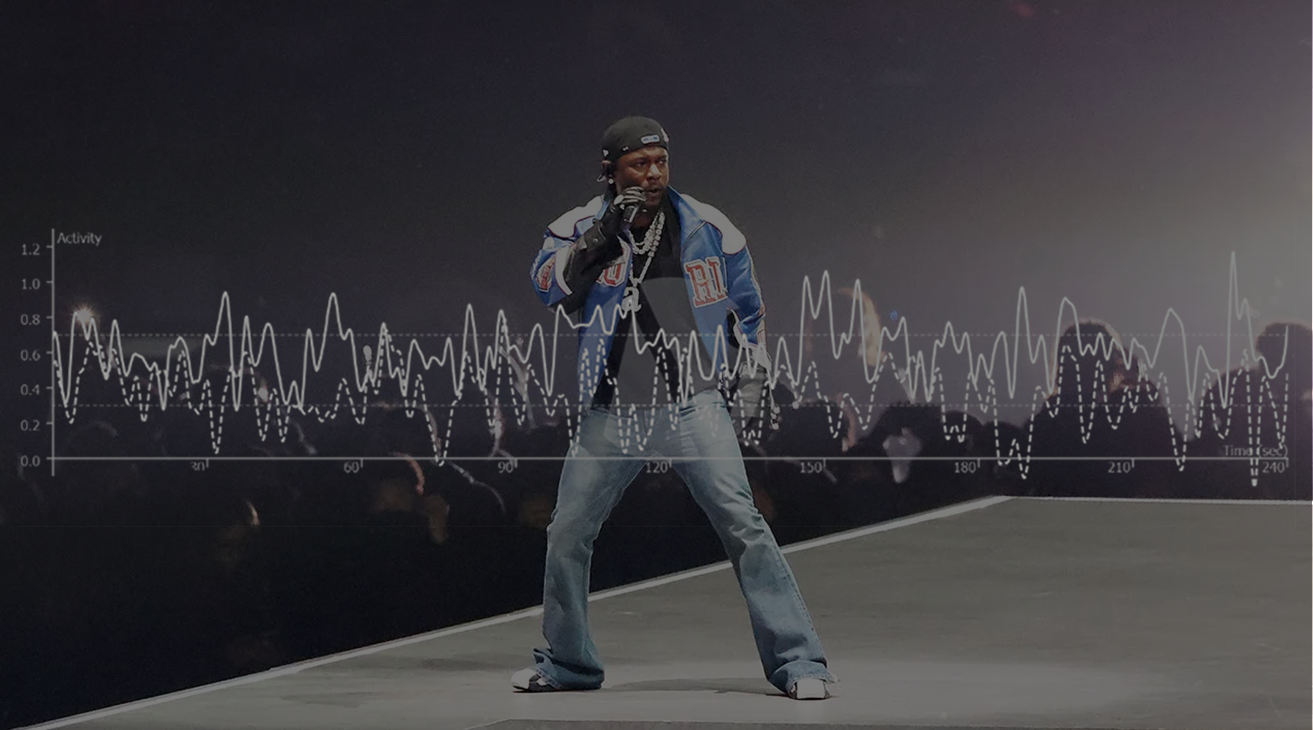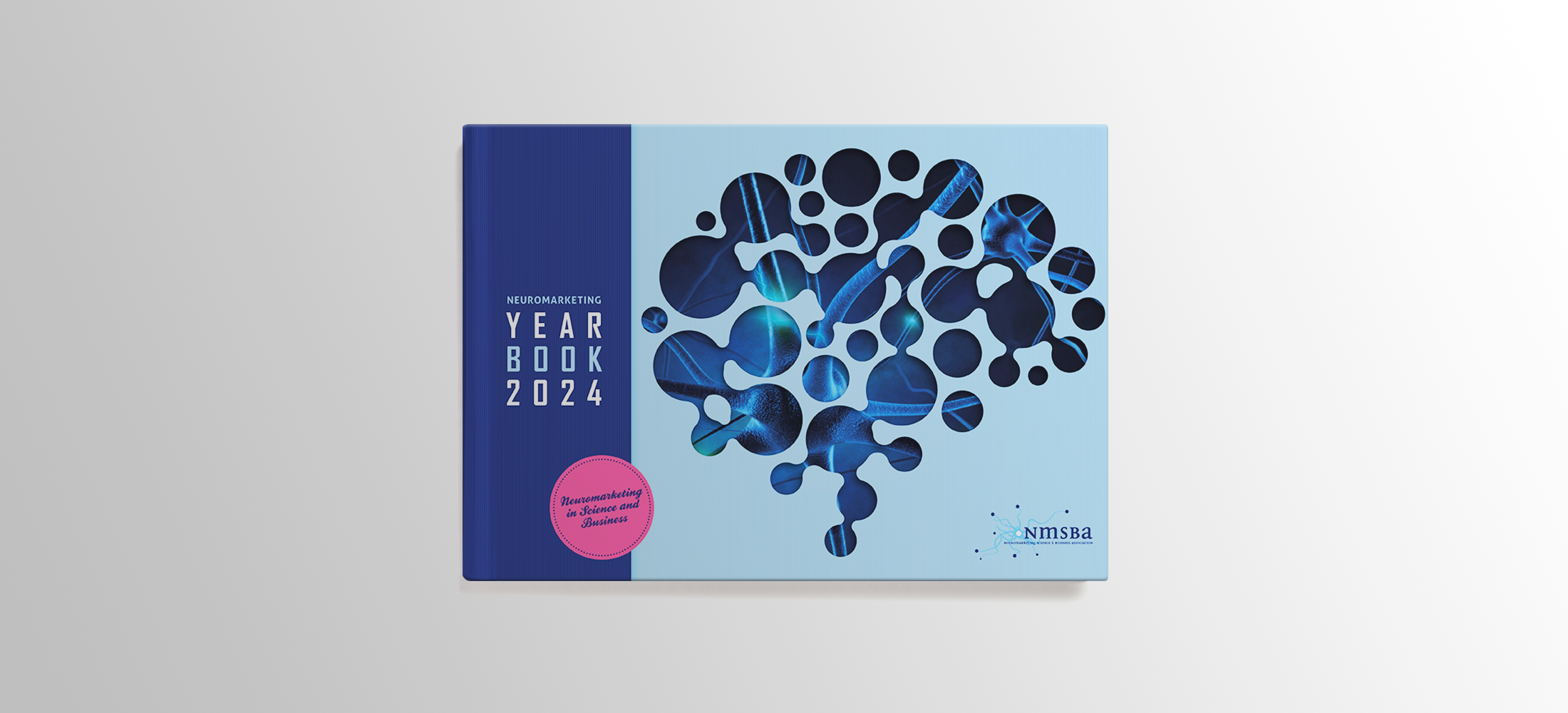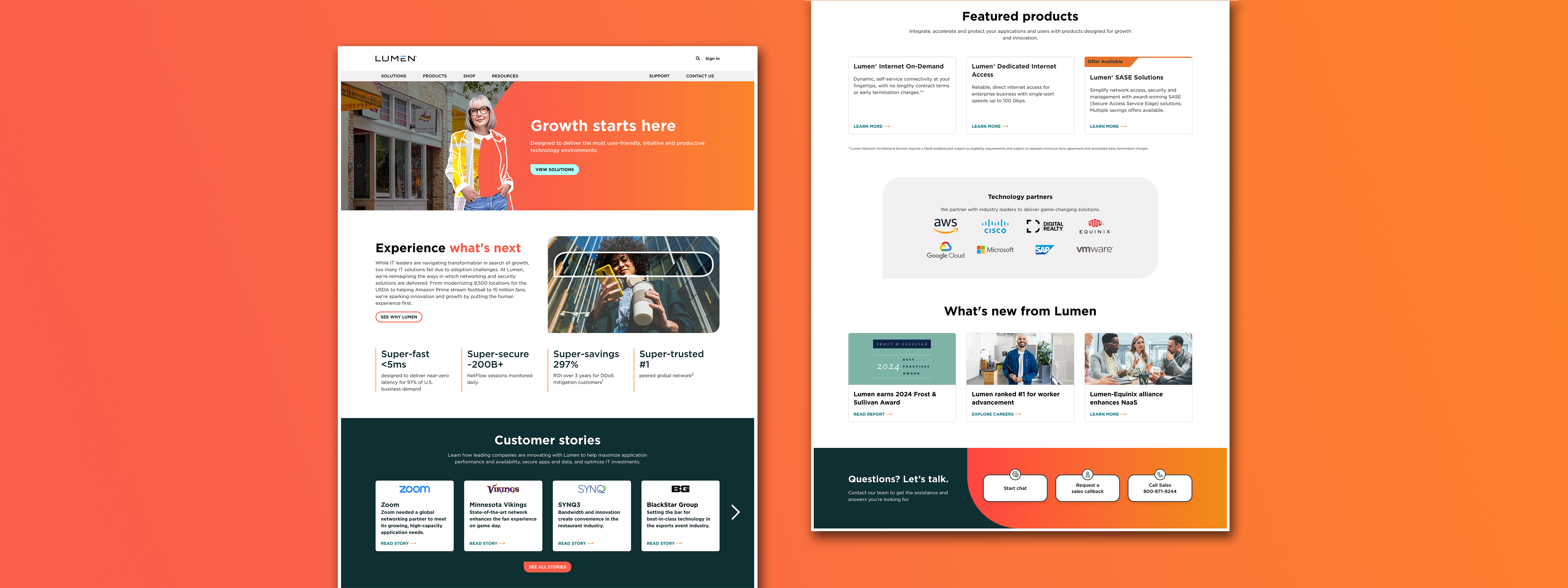“Clearly we missed the mark, and we apologize…We did not intend to make light of any serious issue.”
Issuing the above statement is any modern marketer’s nightmare. There are few hits that strike harder than having to 1) pull, and 2) apologize for a creative that your team worked long and hard hours refining. What’s worse? When the intentions are good. Advertisers are more conscious than ever that they have a very real responsibility to their audiences to message and speak in a way that uses frameworks of equality and empathy. But good intentions can, and often do, miss the mark. What happens when they do? And how can we avoid such blunders that turn concepts crafted to inspire into offensive and damaging content?
If you haven’t placed the brand and ad yet, the above statement was issued after ‘that’ Kendall Jenner ad was released by PepsiCo in 2017. Shortly after the ad went live, Neuro-Insight analyzed the ad using the company’s proprietary SST technology to unpack the conscious and subconscious effects the ad had on real consumers in New York City. This type of testing is so important for content that speaks to issues in the social justice, humanitarian, and political spaces, because traditional methods that rely on self-reported answers (think surveys, focus groups, and the like) are greatly limited, not only by their traditional restraints (such as recall and biases), but are further complicated by the subject matter itself.
Imagine, for example, your team is asked to create an ad that empowers and motivates women. You show the ad to a focus group of men and women using a traditional qualitative approach. In just that focus group, you have numerous group dynamics. Each person’s identity is defined by both subconscious and explicit learnings. These biases will greatly affect how each gender responds to your questions.
Now, back to Kendall Jenner. Below, we see the time series data showing second-by-second neurological response to the creative across Neuro-Insight’s portfolio of neurometrics — Long Term Memory Encoding, Engagement (personal relevance), Emotional Intensity (the strength of emotion), and Approach/Withdraw (lean-in/lean-out).
A few quick takeaways from the analysis:
- Intro & Protest
- Overall, we see the protest peppered with strong withdraw peaks, with moderate to high Emotional Intensity (EI) — that is, not only does it elicit a negative response, the response is a strong negative reaction.
- Kendall Jenner Introduction
- As Jenner is introduced, we see sustained Withdraw response coupled with very strong Emotional Intensity.
- Pepsi Handoff Sequence
- As Jenner hands the police officer the Pepsi, we immediately see a strong Withdraw reaction, followed by a rapid decline in Memory Encoding — as the police officer sips the Pepsi and the crowd breaks out in cheers, viewers disengage, ultimately resulting in a strong withdraw reaction at end branding.
What went wrong?
- The Protest
- We see Withdraw throughout the item during scenes of protestors. What are they protesting? Who is this group? And what role does Pepsi play in the conversation?
- The Spokesperson
- Given the strong peak in Emotional Intensity when viewers see Jenner, coupled with the Withdraw reaction and Memory Encoding peak, we can say that Jenner is not helping the narrative.
- The Solution
- The end sequence was what really put Pepsi in danger — the solution the item offered over simplified the complex frame the creative used, leading viewers to not only dislike the sequence (the Pepsi handoff to the police officer) but ultimately to carry these negative feelings on towards final Pepsi branding and messaging.
This withdraw response is seen by the conversations on social media directly following the release of the item. The next Wednesday, Pepsi drew 1.25 million mentions on social, with 58.6% of them negative, according to social media monitoring company Brandwatch. But Pepsi is Pepsi. They can and did survive this. Only a huge, historical brand like Pepsi could walk away from this long-term; a smaller company would likely never be the same
In summary, we’re currently in a pivotal moment in the advertising industry. Advertisers are aligned with the desire to create advertisements that do more than just sell a product, but also engage in meaningful conversations in impactful and appropriate ways. These subjects aren’t as simple as “do you like the ad,” or “does this make you want to buy more Pepsi,” but rather touch on layered conscious and subconscious responses. If you’re electing to engage in these conversations, you take on the responsibility to understand the environment, the people, and how your brand does, or does not, fit in the conversation.











